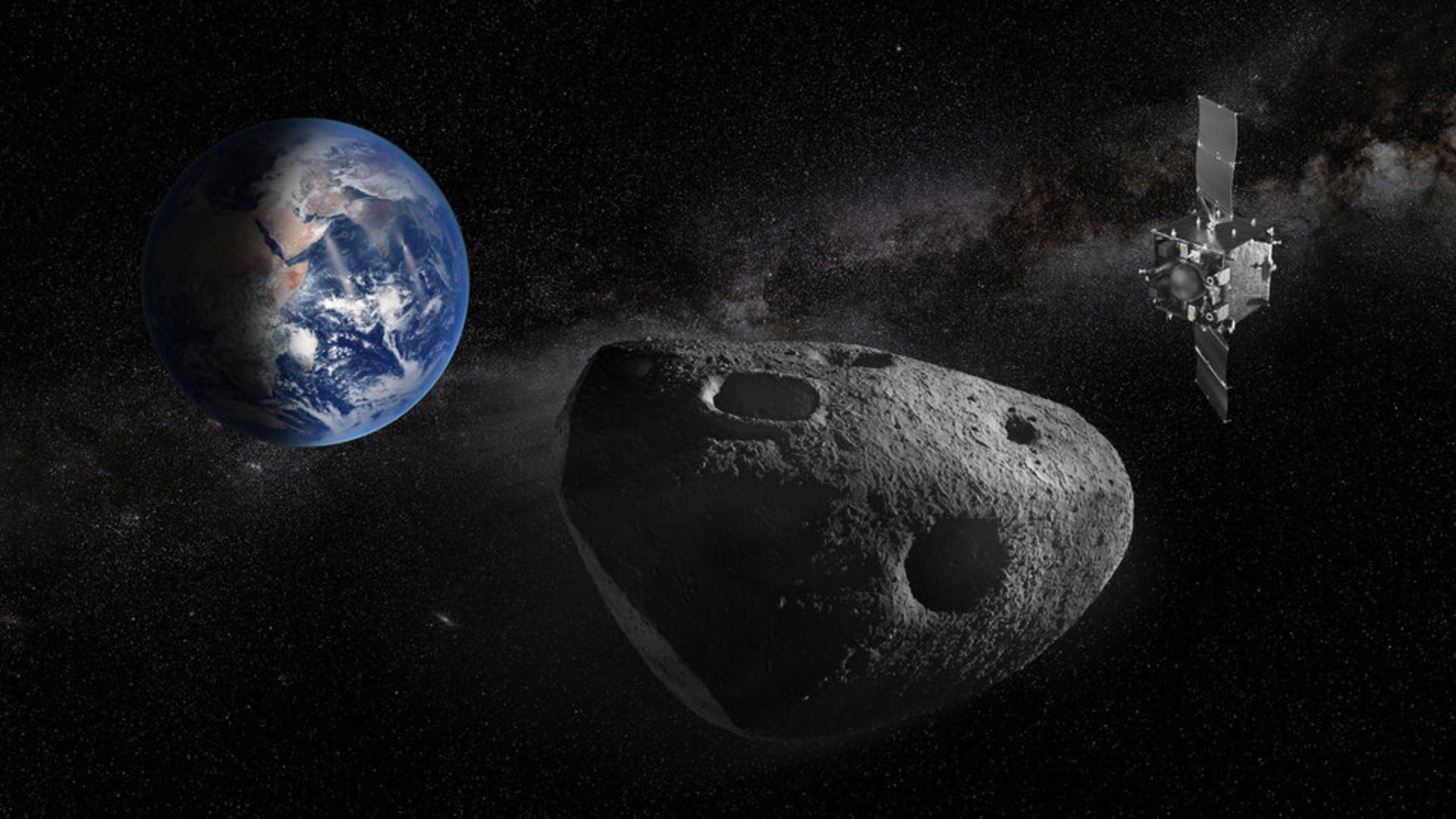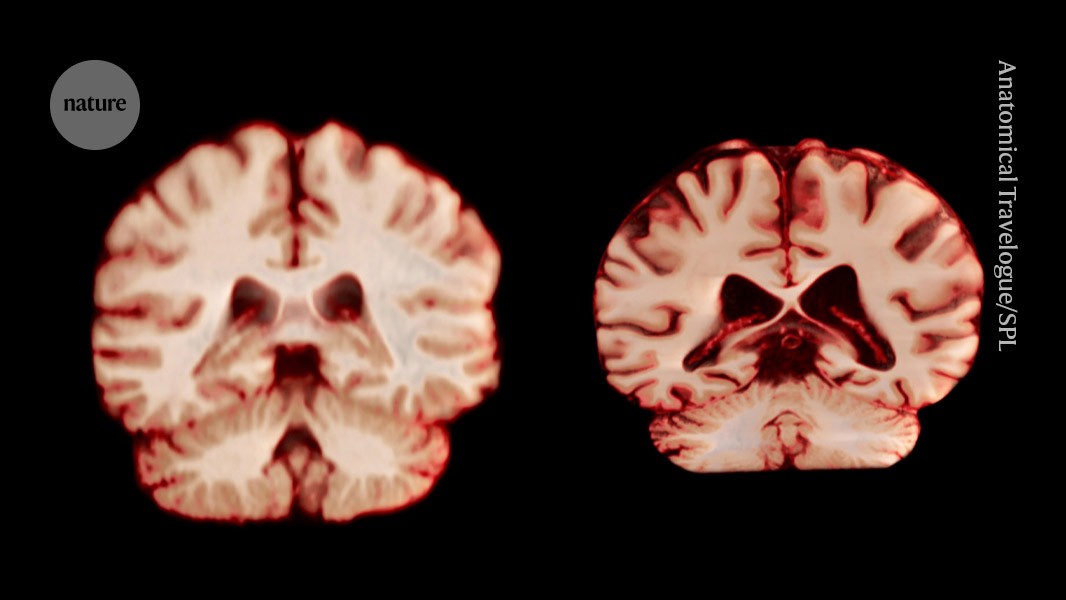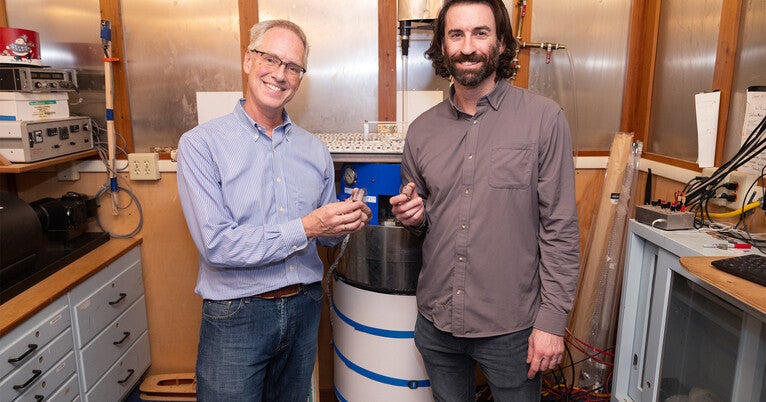Two tiny ingredients in ancient seawater – nickel and urea – may explain why oxygen arrived late on Earth. A team in Japan tested this idea and found a chemical choke point that held back early oxygen-making microbes.
The Great Oxidation Event…

Two tiny ingredients in ancient seawater – nickel and urea – may explain why oxygen arrived late on Earth. A team in Japan tested this idea and found a chemical choke point that held back early oxygen-making microbes.
The Great Oxidation Event…

The Great Oxidation Event, which occurred between 2.1 and 2.4 billion years ago, fundamentally transformed Earth’s atmosphere and made complex life possible. Before this period, oxygen producing cyanobacteria had evolved hundreds of…

SAVANNAH, Ga. (WSAV) — As we transition into fall and move closer to the winter months, you might start noticing something different when you look up. The sky appears a deeper, richer blue, but why does this happen?
Let’s talk about light,…
ANDREW LIMBONG, HOST:
The pachycephalosaurs were a unique group of dinosaurs with domed heads, but scientists haven’t known much about them because their fossils have been so incomplete until now. Science…

When it comes to saving Earth from a potential doomsday rock, knowing where to hit it and how it spins could make all the difference. Two new studies presented last month at the Europlanet Science Congress in Helsinki may have just given…

A healthy brain (left) and a brain affected by Alzheimer’s disease. Credit: Anatomical Travelogue/SPL
During ageing, men experience a greater reduction in volume across more regions of the brain than women do, according to a longitudinal study…

Oct. 13 (UPI) — SpaceX is planning the 11th flight test on Monday of its Starship, its two-stage, heavy-lift launch vehicle designed to one day take humans back to the moon and eventually to Mars.
The launch window will open at 6:15 p.m. CT at…

Earth’s Ediacaran Period, roughly 630 to 540 million years ago, has always been something of a magnetic minefield for scientists.
During earlier and later time periods, tectonic plates kept a steady pace, climate zones were normal, and the…
This request seems a bit unusual, so we need to confirm that you’re human. Please press and hold the button until it turns completely green. Thank you for your cooperation!
This request seems a bit unusual, so we need to confirm that you’re human. Please press and hold the button until it turns completely green. Thank you for your cooperation!